Please be my instructor...........
Alritythen
22 years ago
Related Stories
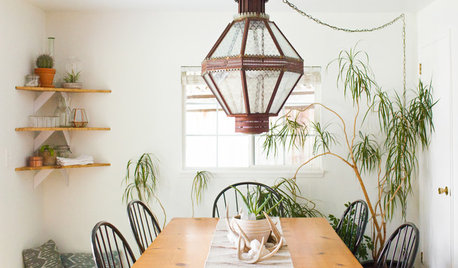
ECLECTIC HOMESMy Houzz: A Sanctuary With Bohemian Flair in the Pacific Northwest
See how a retail display artist and a Pilates instructor personalize their midcentury rambler
Full Story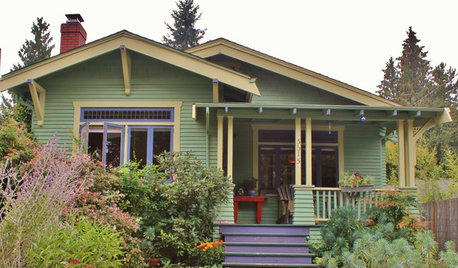
CRAFTSMAN DESIGNMy Houzz: Creative Color in a Seattle Craftsman
A pleasing paint palette, fold-out windows and room for art let a small home live large
Full Story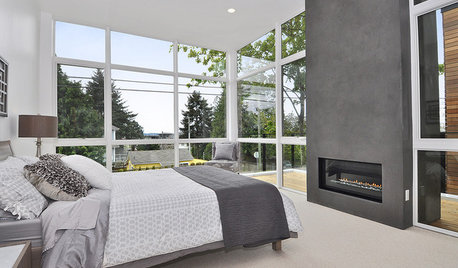
NEUTRAL COLORS8 Great Color Palettes: Surprising Bedroom Neutrals
Peaceful plum, relaxing black and many shades of gray show an unpredictably neutral nature in the bedroom
Full Story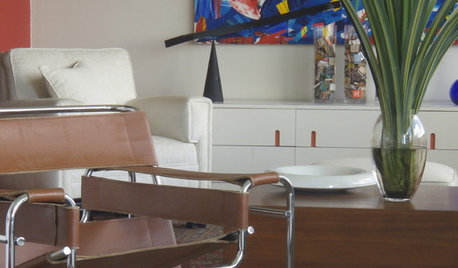
FURNITUREModern Icons: Marcel Breuer's Wassily Chair
Meet a Tubular Steel Bauhaus Chair Inspired By a Bike
Full Story
DECORATING GUIDESDitch the Rules but Keep Some Tools
Be fearless, but follow some basic decorating strategies to achieve the best results
Full Story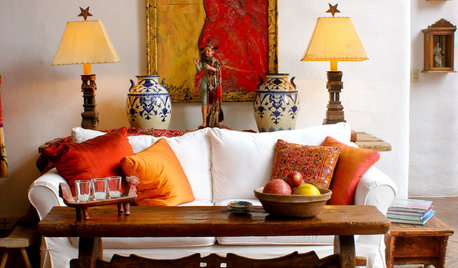
ART10 Things Artists Want You to Know
Inspiration, costs, commissioned work ... 5 artists share on these subjects to paint you a picture of the creative process
Full Story
WORKING WITH AN ARCHITECTWho Needs 3D Design? 5 Reasons You Do
Whether you're remodeling or building new, 3D renderings can help you save money and get exactly what you want on your home project
Full Story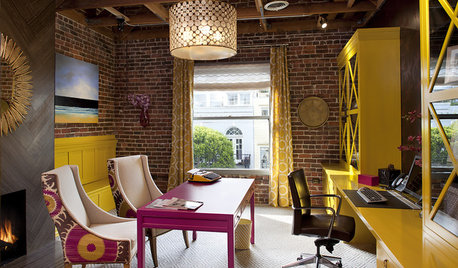
DECORATING GUIDESCalifornia Law: License to Practice Interior Design?
A proposed bill that would require a license to practice interior design in California has Houzzers talking. Where do you stand?
Full Story
UNIVERSAL DESIGNMy Houzz: Universal Design Helps an 8-Year-Old Feel at Home
An innovative sensory room, wide doors and hallways, and other thoughtful design moves make this Canadian home work for the whole family
Full StorySponsored
More Discussions







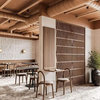
Okla_gal
kraftymom
Related Professionals
Los Angeles Furniture & Accessories · Spartanburg Furniture & Accessories · Highland Park Furniture & Accessories · Danbury Painters · Clarksburg Painters · Hesperia Painters · Lompoc Painters · Lynnwood Painters · Saco Painters · San Marcos Painters · St. Johns Painters · Wantagh Painters · Westmont Painters · Fort Carson Custom Countertops · Sussex Custom Countertops